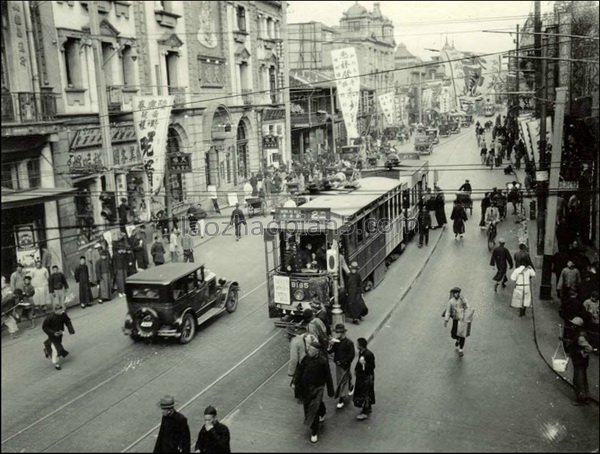[Brick carving of stick drum music figures]
Brick carving of stick drum music figures, 30.5cm high and 16cm wide
The head of Jile people is wrapped with a cloth towel, and the cloth towel is covered with hairpins. Wear a robe and tie up the waist. The staff and drum are placed horizontally and hung at the waist. The head is slightly to the left, the left hand is raised, and the right hand is holding the beam, hitting the drum face. This is consistent with the record in Volume V of Mengxi Bi Tan, “The stick drum of the Tang Dynasty was originally called two stick drums, with both ends of the stick drum. Today’s stick drum, one end of the stick drum, is held by hand”. It shows that the performance style of sticks and drums changed during the Liao, Song and Jin dynasties
During the Liao, Song, Jin and Yuan dynasties, there were many kinds of opera and rap, such as pursing, singing, singing, double earning, drum lyrics, Taozhen, Yaci, Zhugong tunes, Shehuo, Zaju, Daqu, etc. Except Daqu, other singing forms were more flexible, and the scene was not large, and the accompanying instruments sometimes only clapper, clapper, etc. Daqu has a large scale, and the instruments used include drum, stick drum, clapper, tartar pipe, flute, pipa, sheng, square ring, etc., of which the drum and stick drum are particularly indispensable, such as the mural of Daqu in Baisha Song Tomb, the mural of Daqu in Xuanhua Liao Tomb, and the brick carving of the gold tomb in Nandong Village, Xiangfen, all centered on the drum and stick drum. From the perspective of production technique and artistic style, this work is similar to the brick carving of the gold tomb in Nandong Village, Xiangfen, Shanxi Province, and should be the same age. It may be located in the area of Xiangfen and Houma. It is worth mentioning that the hairpin flowers on the head of Jiyue people can not help but remind people of the Painting of Hairpin Flowers in Sheng’an painted by Chen Hongshou of the Ming Dynasty. Yang Sheng’an was demoted to the south of Yunnan. People thought it was strange that he had zan flowers across the city. In fact, the hairpin style was very common in the Sui, Tang, Song and Jin dynasties. The imperial court of the Northern Song Dynasty held a royal banquet. “Zhenzong and the second duke (Chen Yaosuo and Ma Zhijie) both took peonies with them… Zhenzong took the first flower on the head as Chen Zan.” “Kou Lai, the minister of the government, served the banquet, and gave different flowers. It said: ‘Kou Zhun is young, and it is when he wears flowers and eats wine’, and everyone is proud of it.” (See Wu Zeng’s Volume XIII of “Can Change the Studio” for the above). Volume 6 of “Dream Liang Record” says: “Whenever you meet with the holy festival, the court banquet, you will give the ministers flowers and grass… You can train yourself below Wulang, and below Wuyilang, and the person in charge of the office will give the flower hairpin according to the official order. Hurry up the official hat, and the flowers are exquisite, and follow the willow. You can teach the music actors, the drama colors, and the high clusters of flowers.” The hairpin on the head provides us with image information to understand the social customs of this period.
![图片[1]-Brick carving of figures with sticks and drums-China Archive](https://chinaarchive.net/Jin dynasty/Sculpture/5785[1024].jpg)




![[Qing Dynasty] British female painter—Elizabeth Keith, using woodblock prints to record China from the late Qing Dynasty to the early Republic of China—1915-China Archive](https://chinaarchive.net/wp-content/uploads/2022/11/image-191x300.png)
